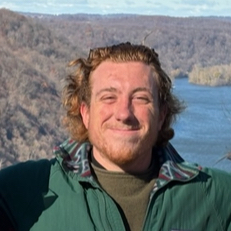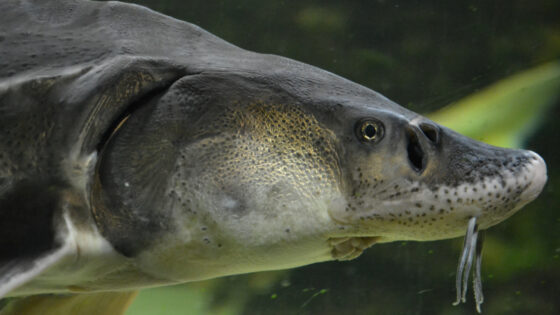The Fluvial Geomorphology Group studies the movement of water, sediment, organic matter, nutrients and other molecules through watersheds to better understand watershed hydrology, geomorphology, and biogeochemistry. We also investigate how watershed land use and river channel restoration practices influence hydrologically mediated processes such as surface-groundwater interaction, sediment transport, and channel evolution.
Fluvial Geomorphology Staff
Fluvial Geomorphology News

Concentration-discharge relationships of chlorophyll describe the origin and fluxes of river algae across ecoregions
Peipoch, M., M. Daniels, and S. Ensign. 2025. Freshwater Science, early online access.

Agricultural practices influence soil microbiome assembly and interactions at different depths identified by machine learning
Mo, Y., R. Bier, X. Li, M. Daniels, A. Smith, L. Yu, and J. Kan. 2024. Communications Biology 7, 1349.

Agricultural soil microbiomes differentiate in soil profiles with fertility source, tillage, and cover crops
Bier, R.L., M. Daniels, D. Oviedo-Vargas, M. Peipoch, J.R. Price, E. Omondi, A. Smith, and J. Kan. 2024. Agriculture, Ecosystems & Environment 368: 109002.

To achieve the Clean Water Act’s goals, prioritize upstream ecology
Ensign, S.H., D.B. Arscott, M. Daniels, C. Dow, J.K. Jackson, D. Oviedo-Vargas, and M. Peipoch. 2024. Water Resources IMPACT 26(3): 19–21.

Agricultural practices influence soil microbiome assembly and interactions at different depths identified by machine learning
Mo, Y., R. Bier, X. Li, M. Daniels, A. Smith, and J. Kan. 2024. Microbiome, early online access.

Achieving success with RISE: A widely implementable, iterative, structured process for mastering interdisciplinary team science collaborations
Mather, M.E., G. Granco, J.S. Bergtold, M.M. Caldas, J.L. Heier Stamm, A.Y. Sheshukov, M.R. Sanderson, and M.D. Daniels. 2023. BioScience 73(12): 891–905.






